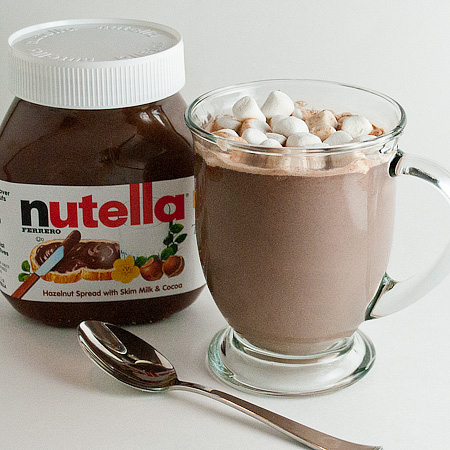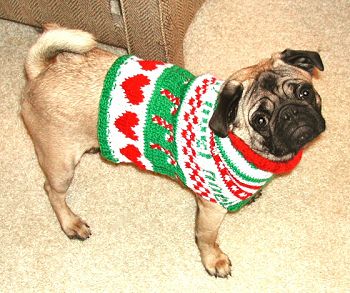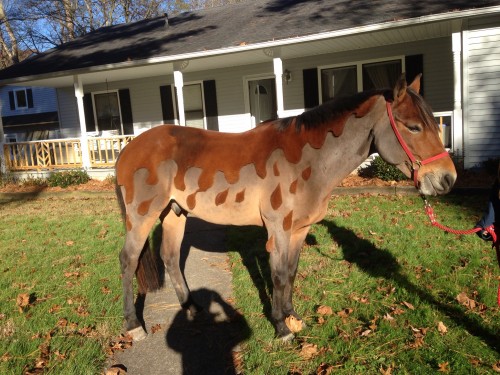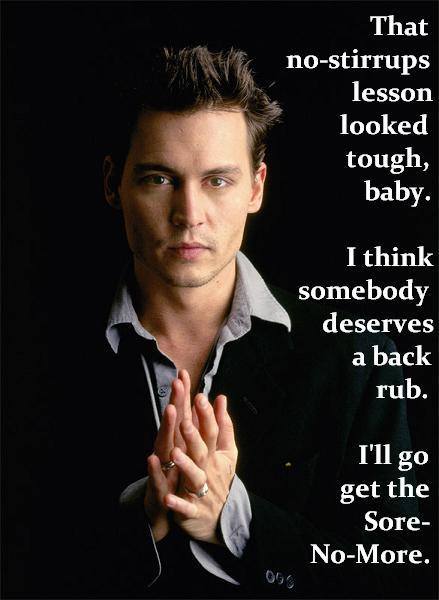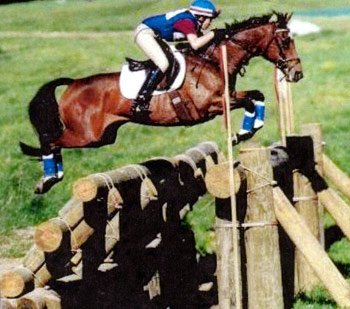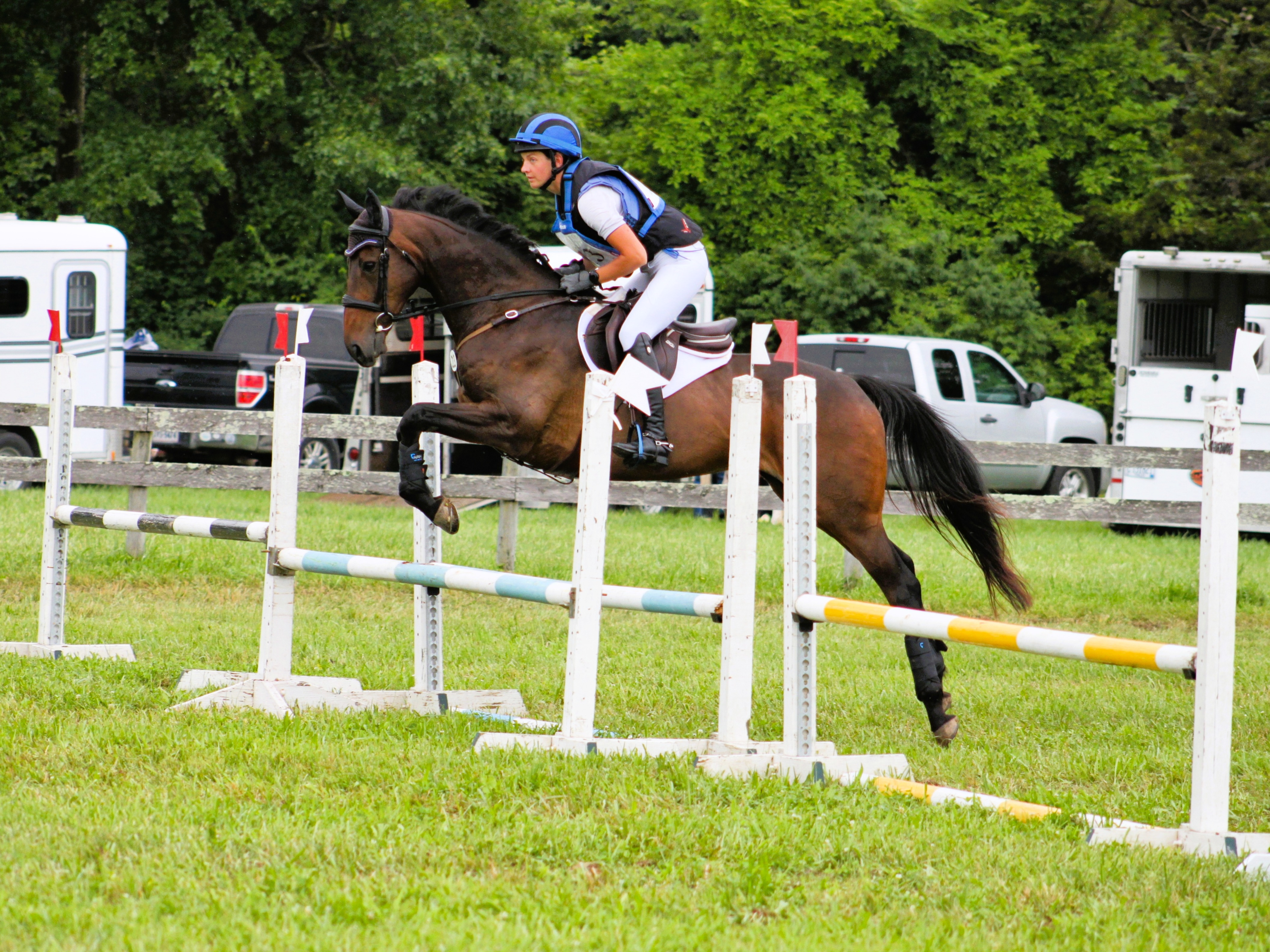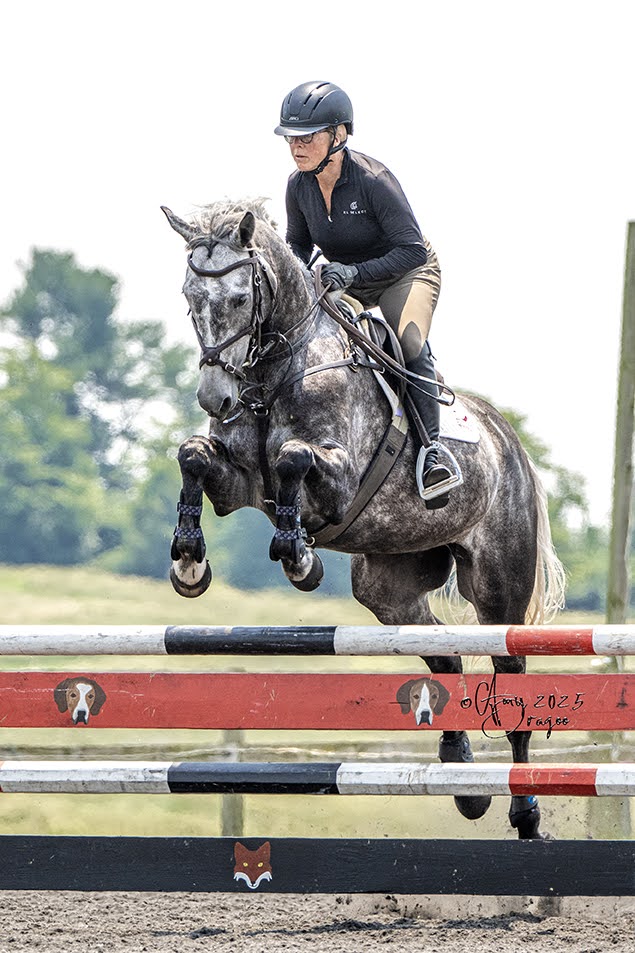Following the USEF Town Hall meetings in March and June of this year, the U.S. Equestrian Federation has added some new regulations to their Rule Book, which will officially take effect on December 1st, 2013. The first rule is commonly known as the “12 hour rule” and it prevents any injectable substances from being administered within twelve hours prior to a competition, minus a few exceptions. After the massive coverage of the death of the pony Humble at Devon earlier this year due to multiple injections, I believe that most equestrians will be happy to see increased regulations in this area.
You can read GR 414 in it’s entirety HERE.
From the USEF:
GR 414 Prohibited Practices
1. No injectable substances may be administered to any horse or pony within 12 hours prior to competing, with the following three exceptions subject to paragraph 2 below:
a. Therapeutic fluids, which amount must consist of a minimum of 10L of polyionic fluids; and which must be used in accordance with the manufacturer’s recommendations and guidelines. The fluids must not be supplemented with concentrated electrolytes, such as magnesium.
b. Antibiotics. Procaine penicillin G is prohibited under this exception.
c. Dexamethasone. This is permitted only for the treatment of acute urticaria (hives). The dose must not exceed 0.5 mg per 100lb (5.0 mg for 1000-pound horse) if administered more than six hours and less than 12 hours prior to entering the competition ring, and must not exceed 1.0 mg per 100 pounds (10.0 mg for 1000-pound horse) within any 24-hour period.
2. The above exceptions are permitted only when (i) the substance is administered by a licensed veterinarian and no less than six hours prior to competing; and (ii) the “trainer” as defined under General Rule 404 properly files, or causes to be properly filed, an Equine Drugs and Medications Report Form with the steward/technical delegate or competition office representative within one hour after the administration of the substance or one hour after the steward/technical delegate or competition office representative returns to duty if the administration occurs at a time outside competition hours. The steward/technical delegate or competition office representative shall sign and record the time of receipt on the Equine Drugs and Medications Report Form.
In summary, there are a few bullet points to remember about this rule change.
- No horses or ponies maybe injected within twelve hours of competing.
- There are only three exceptions to this rule: therapeutic fluids, antibiotics and dexamethasone (for the treatment of hives).
- All excepted substances must be administered by a veterinarian and cannot be administered to a horse or pony within six hours of competing.
There are three restricted medications that are affected by this change:
- Dexamethasone (Azium) — maximum 24-hour dose has been decreased from 20mg/1000-pound horse to 10mg/1000-pound horse and must be administered in accordance with the new “12-Hour Rule” GR414.
- Ketoprofen (Ketofen) — maximum 24-hour dose 1.0 gram/1000-pound horse remains the same, however it must be administered no later than 12 hours prior to competition.
- Methocarbamol (Robaxin) — maximum 24-hour dose 5.0 grams/1000-pound horse remains the same, however must be administered no later than 12 hours prior to competition.
Click here to read more.










